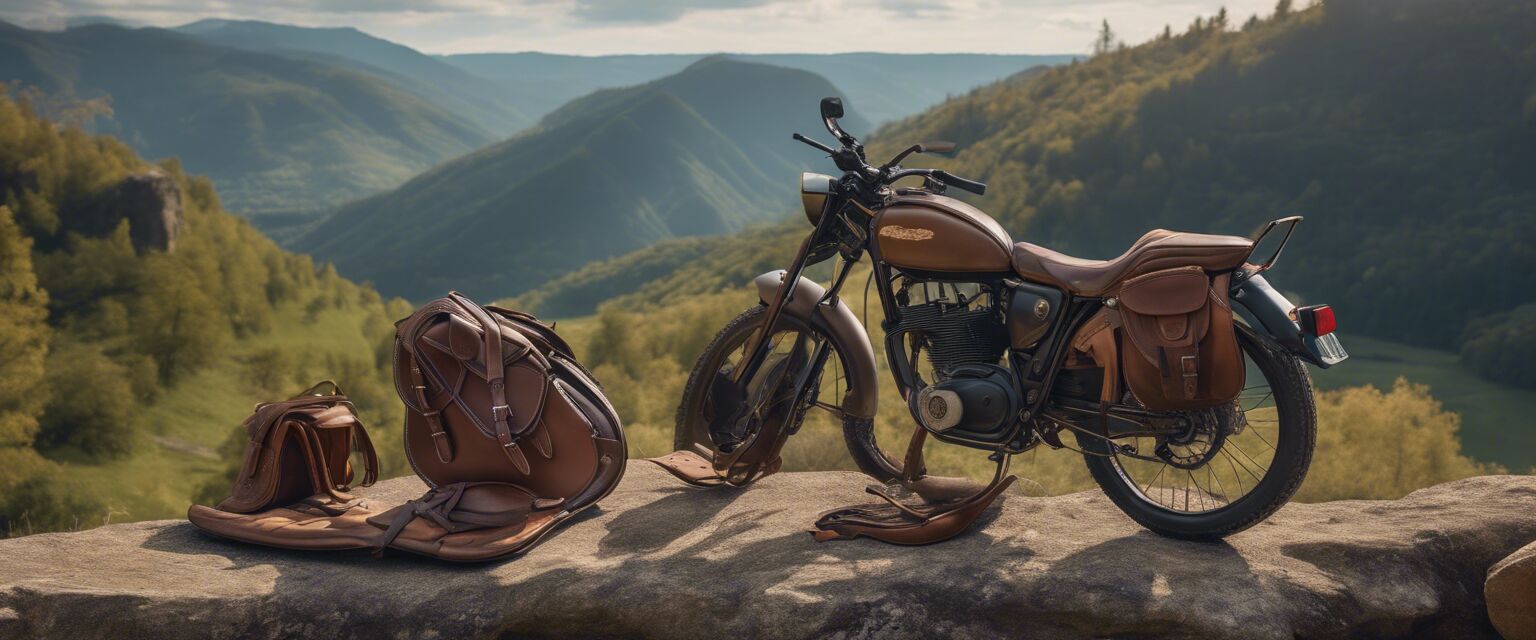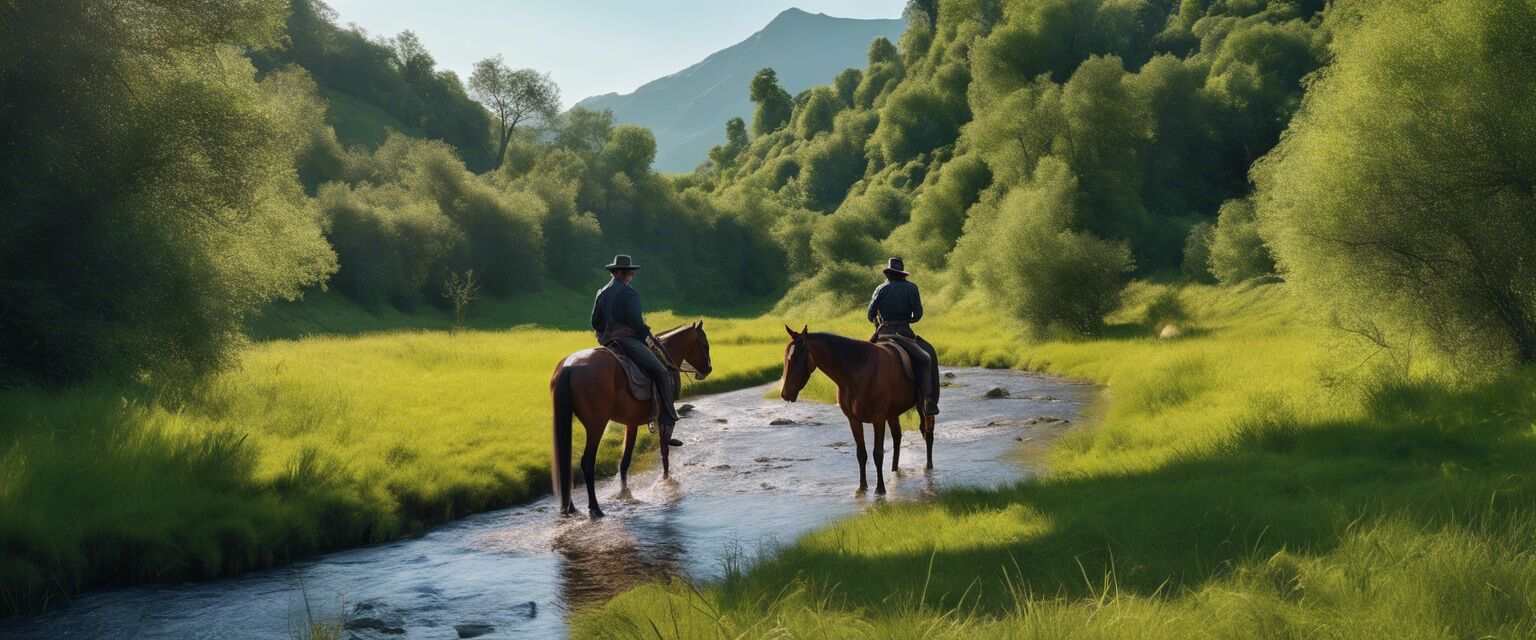
Saddle Selection Guide
Key Takeaways
- Understanding different saddle types is crucial for comfortable trail riding.
- Key features include fit, purpose, and material.
- Try before you buy to ensure compatibility for both horse and rider.
- Regular maintenance is necessary to prolong the lifespan of your saddle.
- Consider your riding style and terrain when selecting a saddle.
Choosing the right saddle for trail riding can significantly enhance your experience both for you and your horse. With countless options available, it can become overwhelming. This guide will walk you through the different types of saddles, key features to consider, and tips to help you make an informed decision.
Types of saddles
| Saddle Type | Description | Best For |
|---|---|---|
| Western Saddle | Characterized by a horn, deep seat, and durable design. | Long-distance riding and roping. |
| English Saddle | Lighter and more streamlined with no horn, offers a closer contact. | Eventing and jumping. |
| Trail Saddle | Comfort-focused with features like padded seats and adjustable fenders. | Extended trail rides. |
| Endurance Saddle | Designed for long-distance travel, lightweight with a comfortable fit. | Endurance events and long trail rides. |
Key features to look for
Fit
The right fit is essential for both horse and rider. A saddle that doesn't fit well can cause discomfort and long-term damage. Ensure to check for the following:
- Gullet width: Enough space for your horse's withers.
- Seat size: Matches your body size and allows freedom of movement.
- Fender length: Adjustable for optimal leg positioning.
Material
Saddles are typically made from leather or synthetic materials. Each has advantages:
- Leather: Durable and stylish but requires regular maintenance.
- Synthetic: Easy to clean and often more lightweight.
Weight
A lightweight saddle can enhance your riding experience, especially on long trail rides. Consider the balance of durability and weight for your needs.
Trying before you buy
It is important to test a saddle on both you and your horse. Visit local tack shops or equestrian events where you can try different saddles.
Maintenance tips
Like most equipment, your saddle requires regular upkeep. Follow these tips:
- Clean the saddle after each use to remove sweat and dirt.
- Condition leather saddles to prevent cracks.
- Store saddle in a cool, dry place to avoid mildew.

Special considerations for trail riding
When selecting a saddle for trail riding, consider the following:
- Trail terrain: Choose a saddle with good grip for slippery conditions.
- Weather protection: Look for materials or covers that protect against rain.
- Storage: Ensure there are options for carrying necessary gear.
Conclusion
Finding the right saddle for your trail riding adventures can greatly influence your comfort and enjoyment. Assess your needs, consider various types, and ensure proper fitting before making a decision.
Beginners tips
- Start with a basic saddle suitable for your riding style.
- Donât hesitate to seek advice from more experienced riders.
- Know your budget and stick to it while exploring options.
Pros
- Improved riding comfort.
- Enhanced horse performance.
- Customization for individual needs.
Cons
- Can be expensive.
- Heavy options can cause fatigue.
- Misfit challenges can arise.
Related Resources
- Explore various saddles
- Find the right riding apparel
- Learn about horse care products
- Check out bridles and bits
- Look for horse boots











